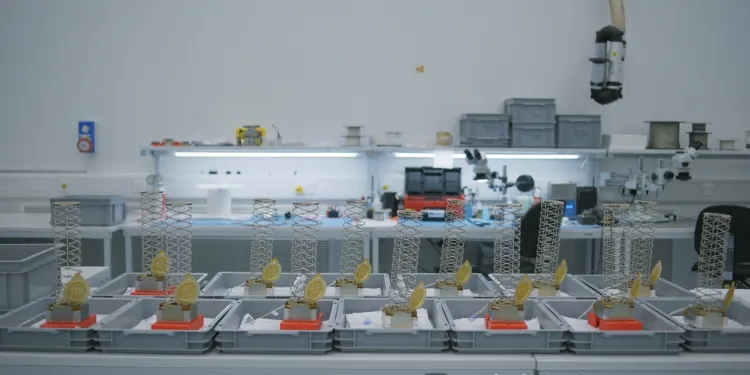
These add to Lacuna Space’s satellite Internet of Things (IoT) constellation. And they mark ten successful launches of such deployable antennas with Lacuna Space over the last five years. Currently they are enjoying a 100% in-orbit success rate.
The helical antenna is designed to operate within the Low Power Direct to Satellite (LPD-S) bands recently formalised by the European Electronic Communications (EEC) organisation. They are centred on 868 and 915MHz.
The antennas can integrate with CubeSat platforms. This is due to their lightweight structure and compact stowage volume.
Helical antennas
“The UK is leading the way in making satellite communications open, interoperable and affordable,” said Fernando Rodriguez, CTO at Lacuna Space.
“At Lacuna Space, we set out to move beyond proprietary systems and build on open terrestrial standards so that anyone, anywhere can benefit from space-enabled connectivity.”
For its part, Oxford Space Systems highlighted reliability for flight-proven antennas.
“We’re proud to see our antennas play a central role in Lacuna Space’s constellation,” said Sean Sutcliffe, CEO.
“This is a great example of UK-built space technology moving from prototype to constellation production, proving its reliability in orbit time after time.”
Launching

Another four Lacuna Space satellites are due to launched in coming months.
Both companies are based in the Harwell Science and Innovation Campus in Oxfordshire (pictured).
They say they are helping to industrialise space infrastructure. For example, ensuring more cost-effective access to data from orbit.
Image: (top) Oxford Space System’s helical antenna cleanroom (bottom) Harwell Science and Innovation Campus
See also: Picture of the Day: Oxford Space Systems’ Wrapped Rib antenna
